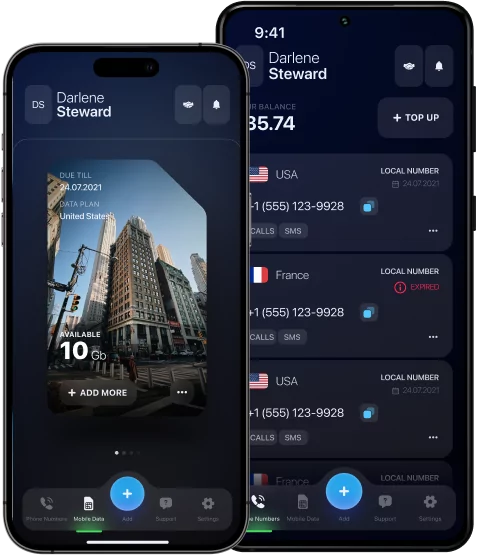Which IMEI Number to Use for eSIM
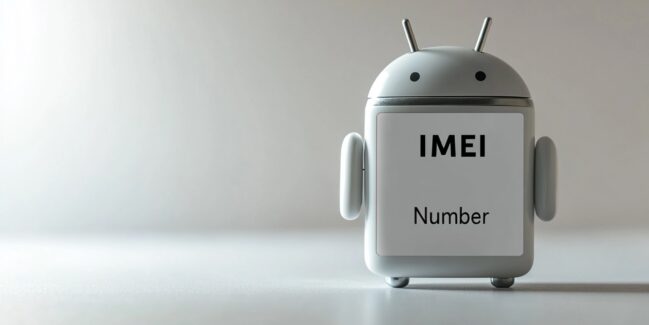
eSIM is becoming an increasingly popular solution for connecting to mobile networks, especially in modern smartphones and other devices. However, as with traditional SIM cards, it is important to know the IMEI of your device, especially if you are using eSIM. IMEI is a unique number that identifies each mobile phone.
But which IMEI number to use for eSIM?
Understanding IMEI Numbers and Their Purpose
IMEI (International Mobile Equipment Identity) is a unique identifier of a mobile device consisting of 15 digits. This number is required to identify the phone on the network. It can be used to track the device in case of loss or theft, as well as to track the user’s geolocation in case of theft.
When using eSIM, IMEI is required to confirm the device used and register it on the network. Without using IMEI, it is impossible to ensure the security and uniqueness of each individual network connection. However, when using IMEI, each connection is correctly identified and authenticated.
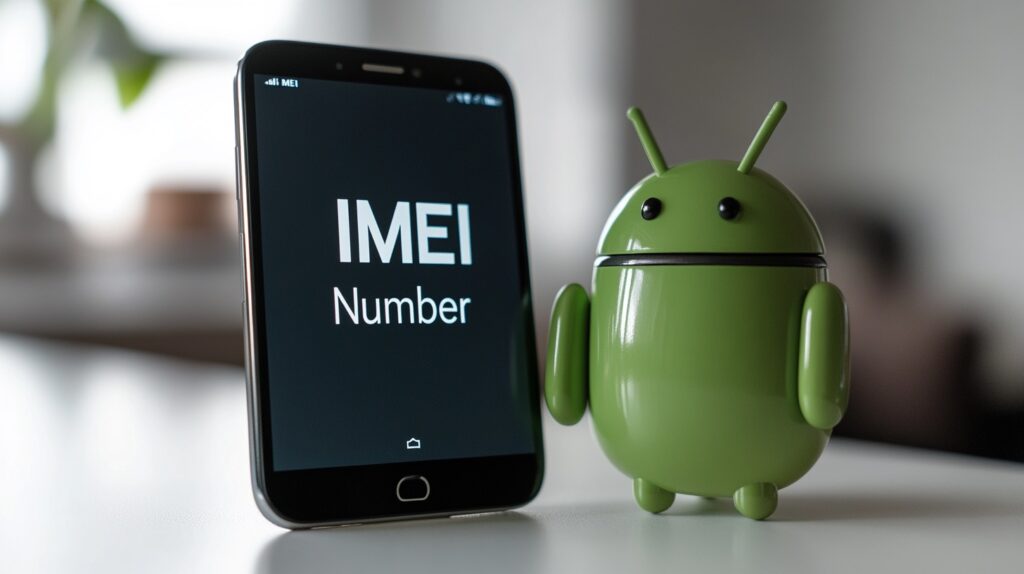
Which IMEI to Use for eSIM
One of the most common misconceptions when using eSIM is that you need to look for some other IMEI number to connect it. However, the same IMEI number is used for the eSIM as for the physical SIM card, because the eSIM is built into the device and controlled by it. That is, the IMEI identifies devices on the network, regardless of the type of SIM card used.
Checking Your Device for Multiple IMEIs
Finding the IMEI number on the device is very easy and simple. Of course, the instructions may differ from model to model but the principle will be similar for everyone.
There are 3 ways to find out the IMEI phone number:
- Through Settings. Open Settings → General → About → Available SIM → IMEI. Here is an example for iPhone.

- Through Dial Code. Enter *#06# on your phone’s keyboard. The IMEI number will appear on the screen.
- Through Device. The IMEI can be found on the back of the device under the battery or on a special sticker on the box.
Identifying the Correct IMEI for eSIM Activation
To determine which IMEI number is associated with the eSIM, follow the steps above. The first number that you will see, and will work for both a physical SIM card and an eSIM. The second number will most often be available on devices with dual SIM card support.
Also, you should not make a number of mistakes when searching for an IMEI number for eSIM activation:
- IMEI for SIM and for eSIM on dual SIM devices. On dual SIM devices, the second IMEI is usually associated with the eSIM but on some models, both IMEIs can be assigned randomly.
- Do not ignore the device settings. Make sure that you have checked the settings where all IMEI numbers are shown.
- Do not rely only on the code *#06#. This code will show both IMEIs but it is not always clear which one is associated with the eSIM on dual SIM devices.
- Do not forget to check the documents. Sometimes all needed data about IMEI for eSIM is specified in the device documentation.
*Note: Check all sources carefully to correctly identify IMEI for the eSIM.
Mismatched IMEI and eSIM Issues
If you use an incorrect IMEI to activate eSIM, the user may encounter problems such as:
- Activation failed. eSIM does not connect to the network.
- Registration error. The device used is not identified on the network.
- Technical failures. When using mobile data or voice calls, it gives an error.
Here are some tips on how to troubleshoot:
- Check IMEI. Make sure that you have used the correct IMEI.
- Restart your device. Update all settings through device restarting.
- Reset the network settings. In the device settings, reset the network settings to resolve conflicts.
- Contact a mobile operator. Make sure that operator used IMEI has been registered correctly.
- Contact the support team. Contact the technical support of the device manufacturer or the telecom operator.
Remember that it is important to use the IMEI number correctly for the eSIM to work correctly.
Key Differences Between IMEI for Physical SIM and eSIM
Technically, the IMEI numbers for physical SIM cards and eSIM identify the same device since eSIM is embedded in the device and controlled by it. However, there are a number of differences between them:
- Uniqueness. For a dual-SIM device, there are two IMEI numbers: one for physical SIM, and another for eSIM.
- Registration and Activation. For eSIM activation, it is required a QR code. The operator needs the correct IMEI number for eSIM activation.
- Network Settings. Carriers can have different settings and requirements for physical SIM and eSIM. Make sure that your device supports eSIM and meets the requirements of the operator.
The correct IMEI setting and compliance with the operator’s requirements guarantee the correct operation of eSIM.
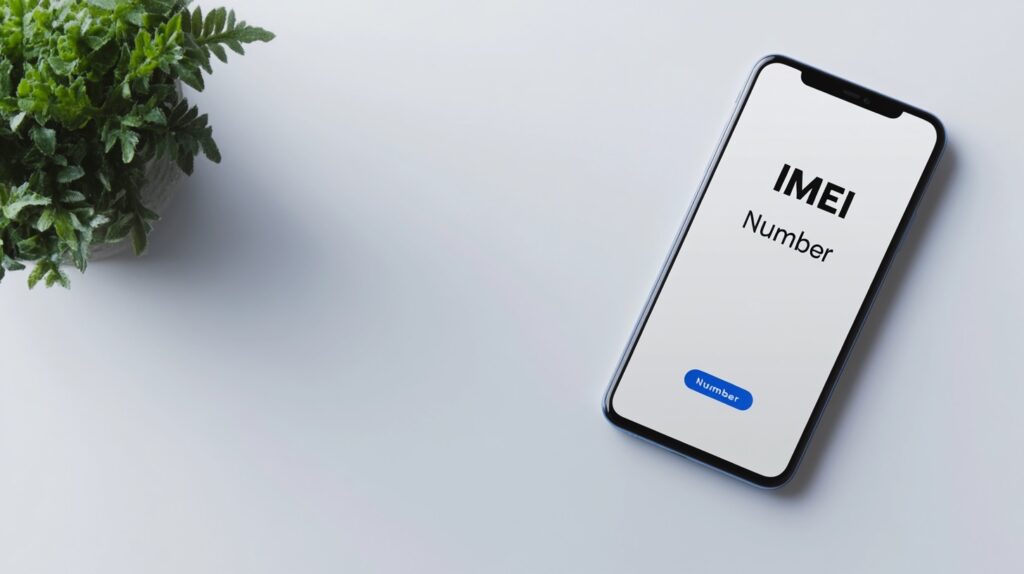
Choose eSIM Plus for Your eSIM
If you do not know which service to choose to get acquainted with eSIM technology, then choose the reliable eSIM Plus service. The service offers the user convenience and flexibility when meeting and using eSIM technology in everyday life, traveling, and building a business.
eSIM Plus stands for the fact that plastic SIM cards are an archaic past, which, by the way, pollutes the environment through the use of plastic. At the same time, the service offers a digital SIM card that meets all user questions of functionality and data security.
In addition, the technical support of the service is always ready to help with finding the IMEI number and using it correctly to avoid possible problems in activation.
Start exploring eSIM technology with eSIM Plus!
Read also:
F.A.Q.
Can I use my physical SIM’s IMEI for eSIM activation?
No, the IMEI of the physical SIM card is not suitable for eSIM activation. To activate eSIM, you need a unique IMEI of your device, which is usually different from the IMEI of a physical SIM card. The IMEI for eSIM can be found in the device settings or via the code *#06#.
What happens if I use the wrong IMEI for eSIM?
Using an incorrect IMEI code for eSIM entails problems such as:
- Failed activation. During any activation attempts, the device may give an error due to the fact that the IMEI number does not match the one registered with the operator.
- Registration errors. eSIM does not work on the device and is rejected by the mobile operator.
- There is a problem with support. Technical support will not be able to help, as IMEI does not match the registration number.
Therefore, it is important to use the correct IMEI for eSIM to work properly.
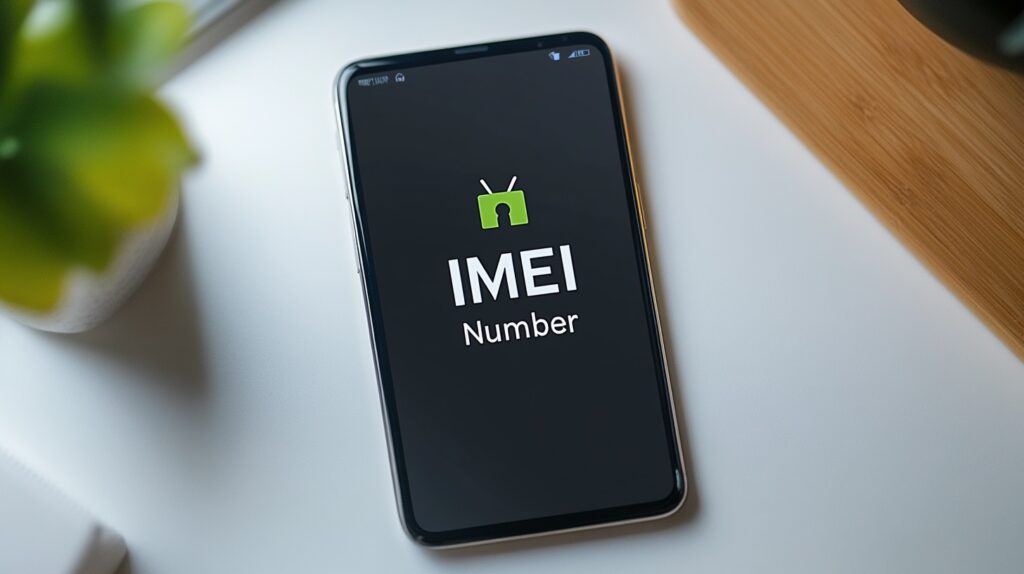
Will my eSIM work if I change the IMEI number?
If you change IMEI on your device, the eSIM will not work correctly and will not be able to connect to the network. In addition, your device will not be identified on the network. But the worst thing is, that changing IMEI may be illegal in several countries, which leads to administrative or criminal liability.





